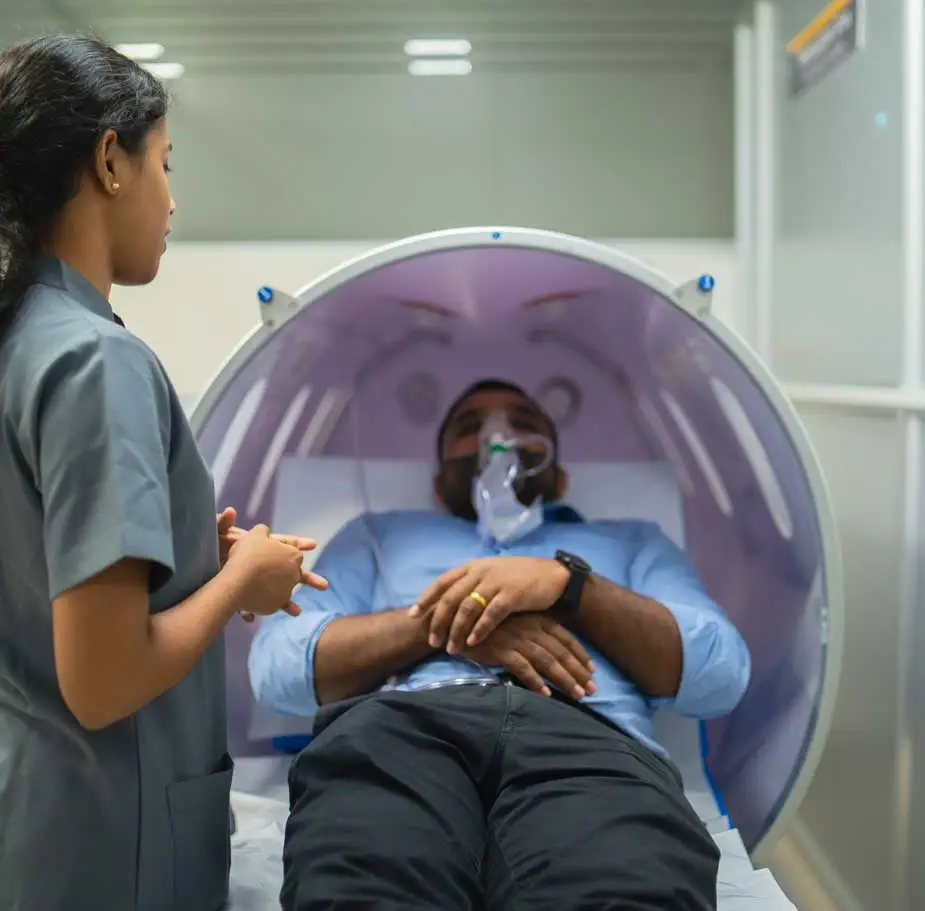Post Cerebrovascular Accident Rehabilitation
Symptoms
Symptoms of post-cerebrovascular may include:
Difficulty with physical movement
Muscle weakness or paralysis
Speech and communication difficulties
Difficulty with thinking and understanding
Swallowing difficulties
Balance and coordination issues
Emotional changes, such as depression or anxiety
Fatigue and decreased energy
Challenges with daily activities and independence
Causes
Causes for post-cerebrovascular may include:
Diagnosis
Treatments
Post Cerebrovascular Rehabilitation is a comprehensive approach to help patients recover from a stroke. . Alongside traditional therapies, we provide Hyperbaric Oxygen Therapy (HBOT) to accelerate healing. This involves breathing pure oxygen in a pressurized chamber, promoting cell repair and reducing inflammation in both stroke and traumatic brain injury cases.
Additionally, our program includes a variety of therapies such as Hyperbaric Oxygen Therapy (HBOT), smart glove, peg board, exercises, and diet management. These therapies are designed to help patients regain their independence and improve their quality of life. HBOT provides oxygen-rich blood to the brain, while the smart glove and peg board improve hand-eye coordination and motor skills. Exercise and diet management help improve overall health and wellness. At our facility, we offer these therapies to help our patients achieve their rehabilitation goals.
Pain management strategies are seamlessly integrated to ensure comfort throughout the recovery process. This holistic approach aims to optimize recovery, enhance functional independence, and improve the overall quality of life for individuals on the journey of stroke and traumatic brain injury rehabilitation.

Elements of Stroke & Traumatic Brain Injury Recovery Program
Hyperbaric Oxygen Therapy (HBOT)
Smart Pegboard
Smart Glove
Physical Therapy Exercises
Speech Therapy
Cognitive Therapy
Gait & Coordination Training
Electrotherapy & Pain management
Get a Quick Reply Here
Office
Monday to Saturday: 8:30am – 6pm
